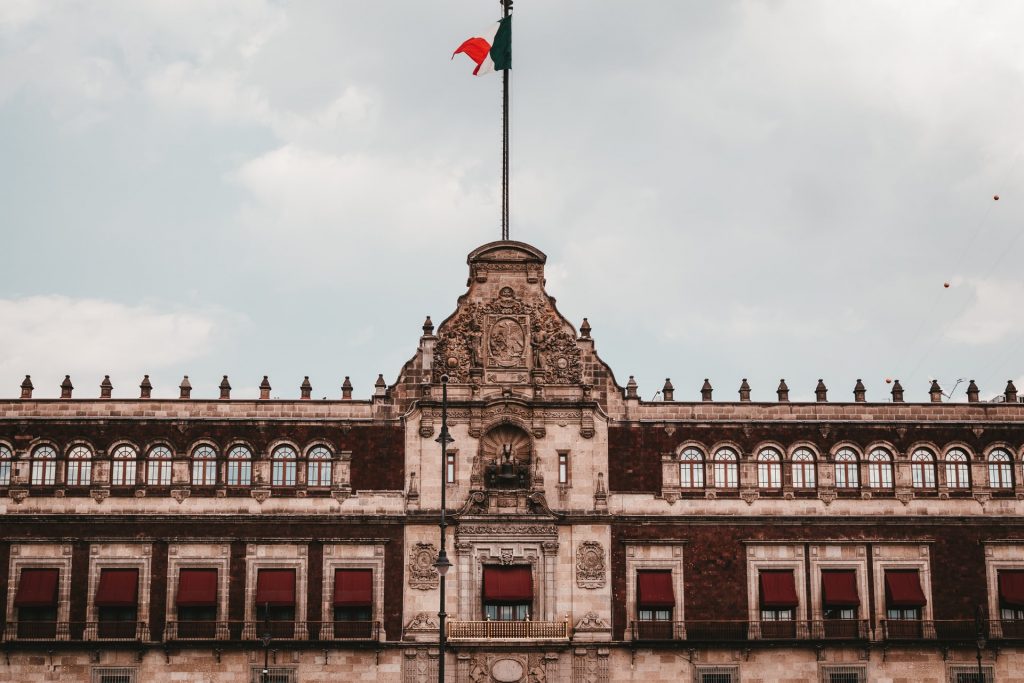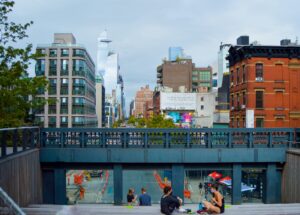For 700 years, Mexico City’s public square, known as the Zócalo, has been the place where many of the nation’s most significant events unfolded.
Benjamin Bross, an architecture professor and urban historian at the University of Illinois Urbana-Champaign, wrote an urbanism-based cultural history of the Zócalo, using the public square and historic events that took place there to explain the emergence and evolution of Mexican identities over time. His recently published book, “Mexico City’s Zócalo: A History of a Constructed Spatial Identity,” explores how spaces embody sociocultural identity and how identity is shaped by those spaces.
“Our attachment to spaces produces a sense of place. In many ways, we generate a sense of who we are by the places we live and how we experience them. I believe that environments shape, to some degree, the way we view the world,” Bross said.
The Zócalo is a public space that all Mexicans can share, and the plaza and its activities are products of social, cultural, economic and political values found across the different components of Mexican society – the state, the powerful and elite, the working class and the marginalized, Bross said.
Read the full article on Illinois News Bureau
Author: Jodi Heckel
Recommended by Stephanie Cheung











More Stories
A Blueprint for Public Realm Leadership
How do public spaces strengthen local economies? Here are 4 ways.
Complete Streets in Brazil – Promoting a Paradigm Shift